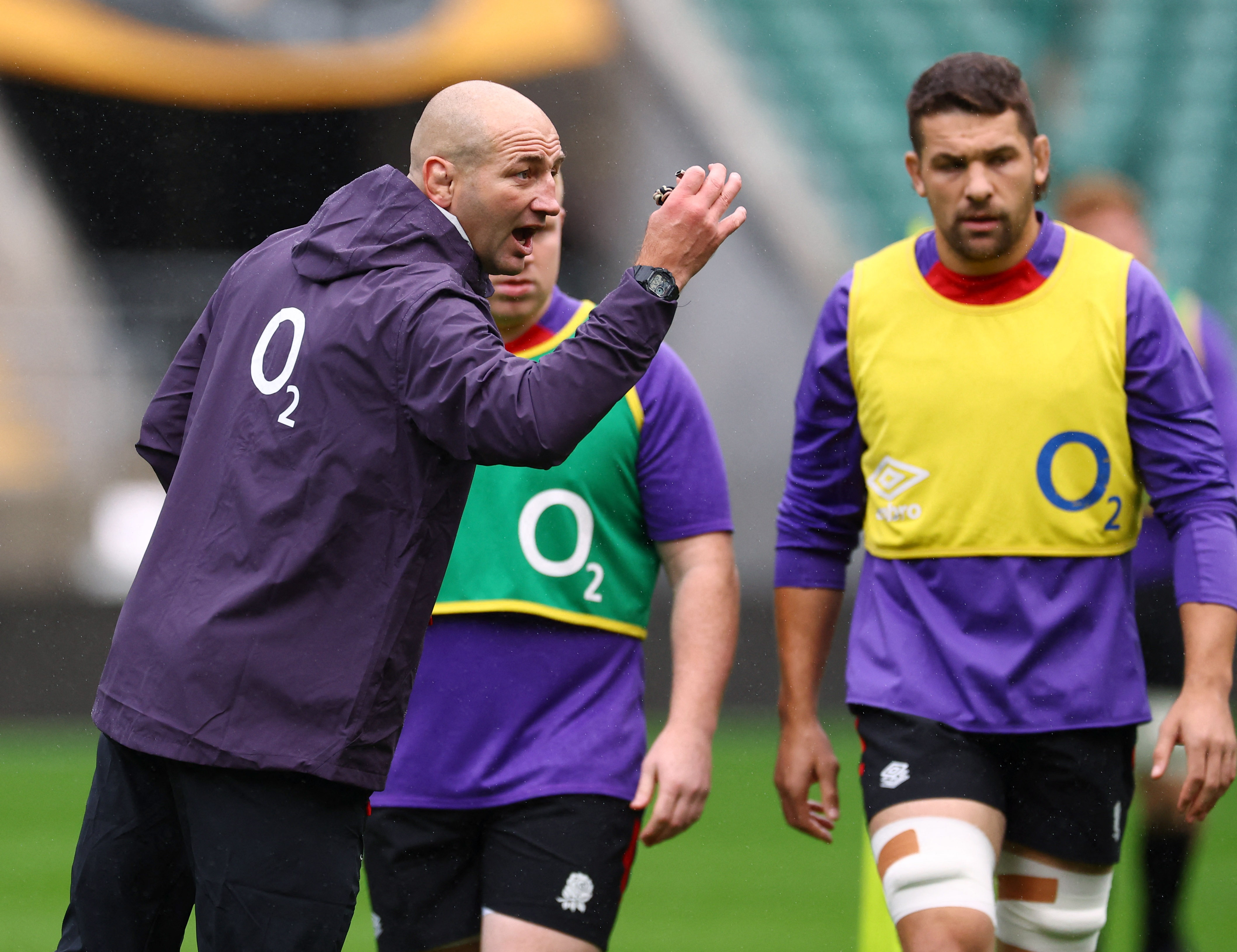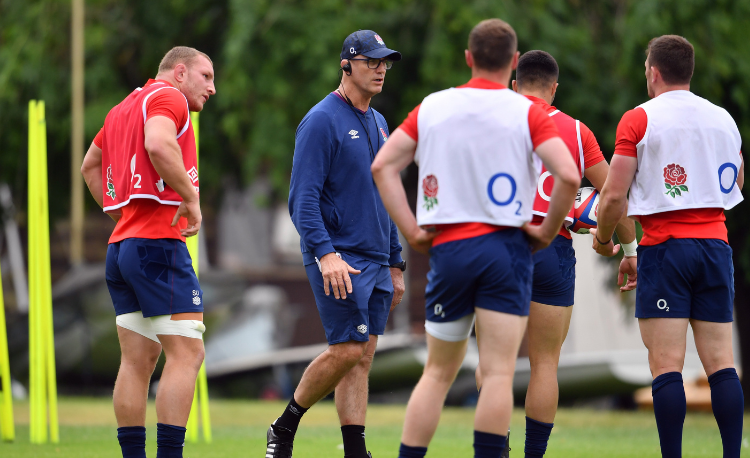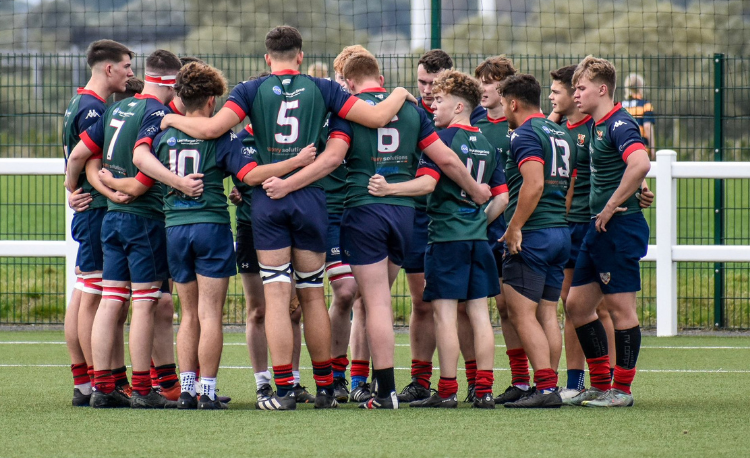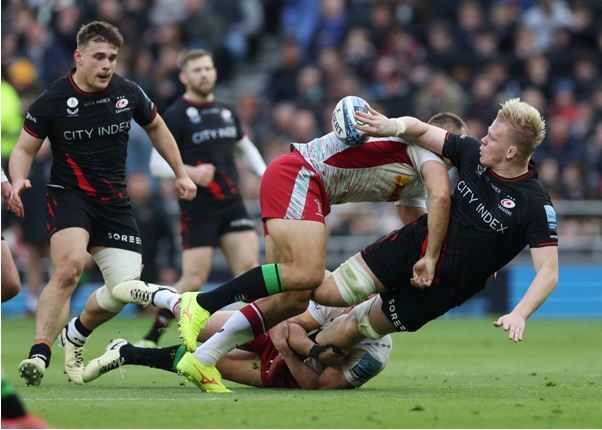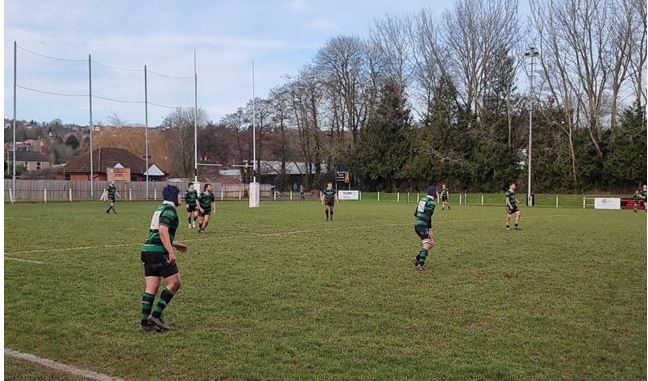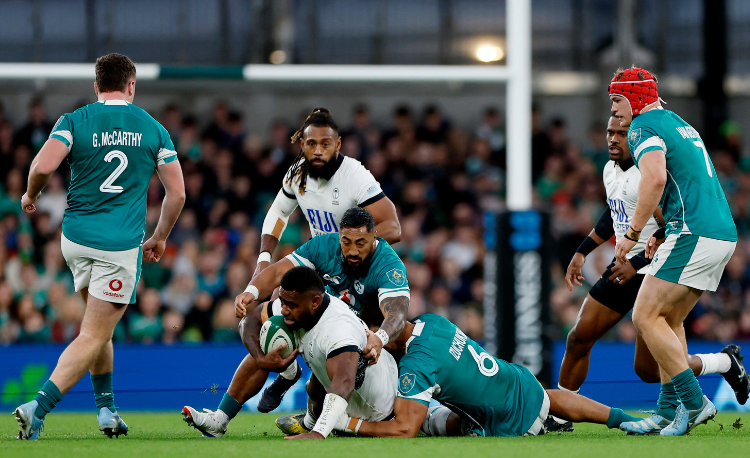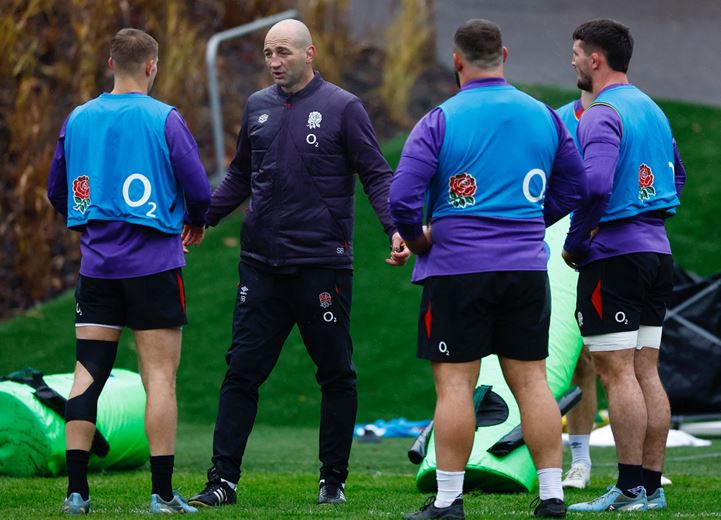The role of the inside centre
These are the aspects of the game that the inside centre (12) must perform, over and above the normal core rugby skills and team play:
- Tight, hard defender.
- Decoy runner for the fly half (10) and/or releasing the outside backs (13 to 15).
- Attacking the gain line.
- Recovery player for the fly half.
- Strike kicker or back up kicker (as covered in part two).
Extra roles
The extra roles that inside centres may be asked to perform, enhancing their role in the team, are:
- Tactical kicker .
- Second fly half.
- The pivot player.
- Move caller.
Tight, hard defender
Tight defence: As a defender, the inside centre needs to come up level with the fly half (10) and outside centre (13). Obvious though this may seem, it is more likely that the inside centre needs to "glue" the fly half and outside centre together. The focus is on going up with the fly half until the ball moves beyond the inside centre channel and then covering the inside of the outside centre.
The outside centre needs absolute confidence in the inside centre because they are in the hardest tackling position, with pace, angles and space to contend with. Therefore the inside centre needs to keep communicating with the outside centre all the time.
Hard defence: Inside centres make more of their tackles head on. Most good tacklers have a preferred shoulder for a hard tackle, but the best inside centres will need to be able to make an aggressive tackle with either shoulder.
Coaches can design drills where the weaker shoulder is always used. Mental imagery can help here. Getting the player to imagine in the days before the match tackling well with the weak shoulder time and again.
Attack
In attack the inside centre has three main roles:
1. Decoy: As part of a set move to release a strike move which intends to break the defensive line first time. For instance run as a dummy runner on a switch or miss move. Of course they could be passing the ball to release a strike runner, which can be more effective since the focus of creativity has moved one out, perhaps confusing the defence.
2. Attacking the gain line: To deliberately set up a second phase ball and tie in defenders. As part of a strategy to disorganise a defence, the inside centre might be involved in a move which requires them to hit contact.
This will require the player to be comfortable in contact, being able to release the ball either in an offload to a flanker, or present the ball effectively for the support players. It might be that they are required to be the first player to the breakdown for a second phase move.
In which case, and as illustrated, 12 does not necessarily run straight towards the opposition. Instead they may run two sides of a triangle. This should encourage their opposite defender to move in line with the first side of the triangle. The chances are that they will then be ball watching somewhat and so the late change of angle will mean they are not in a strong position to make the tackle.

The other advantage of "triangle running" is the pace at which the player arrives. Running away or towards the pass helps the inside centre judge the pace at which to arrive. They can start slowly and then accelerate on the short side of the triangle as they turn.
3. Recovery attacker: Here the inside centre is likely to be needed to take the ball from the fly half if there has been a breakdown of the original move, or the fly half has received poor ball. The inside centre needs to go forward, "stay strong" and give his side every chance of recovery, so the team can reset for another attack.
Running lines
A running line is the angle that the player takes to receive the ball and continue with it in hand. They are determined by where the player starts in the first instance. A good running line may be taken up by changing direction once. Of all the players in the game, the running lines of the inside centre can create the most space relative to that which they have available.
Breakdowns – the third flanker
The mindset of any good inside centre should be to clear away defenders at a breakdown, to allow the ruck or maul to be won. The inside centre is most likely to be in a good position to do this. Therefore they should be training alongside the back row to help make themselves more effective. It is often said that there is little to choose between a 12 and a 7 (except that the former tends to be a little prettier!).
With thanks to the contributions of Paul Reed, former Cambridge Blue centre.
This article is taken from the Better Rugby Coaching e-newsletter. Click here to sign up and get free rugby drills, tips and skills twice a week.
Click here for more tips and tactics on the inside centre's role.
Newsletter Sign Up
Coaches Testimonials

Gerald Kearney, Downtown Las Vegas Soccer Club

Paul Butler, Florida, USA

Rick Shields, Springboro, USA

Tony Green, Pierrefonds Titans, Quebec, Canada
Subscribe Today
Be a more effective, more successful rugby coach
In a recent survey 89% of subscribers said Rugby Coach Weekly makes them more confident, 91% said Rugby Coach Weekly makes them a more effective coach and 93% said Rugby Coach Weekly makes them more inspired.
Get Weekly Inspiration
All the latest techniques and approaches
Rugby Coach Weekly offers proven and easy to use rugby drills, coaching sessions, practice plans, small-sided games, warm-ups, training tips and advice.
We've been at the cutting edge of rugby coaching since we launched in 2005, creating resources for the grassroots youth coach, following best practice from around the world and insights from the professional game.




